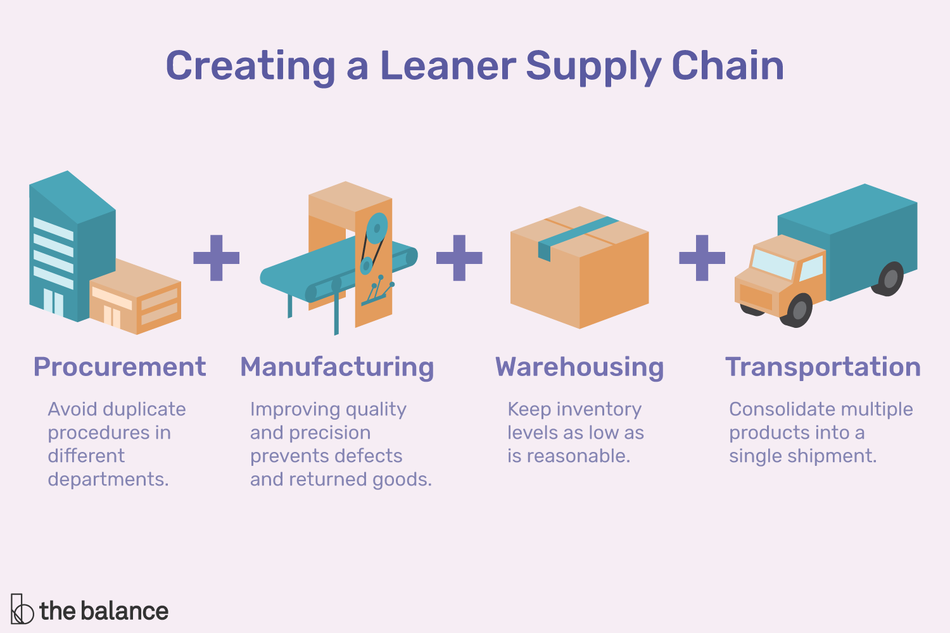Walk into a badly managed warehouse and you’ll probably find shelves full of dusty products that have never been sold. This is called ‘dead stock’ and it’s a nightmare for online retailers.
Accumulating dead stock will negatively impact the financial performance of the business and take up valuable space in the warehouse. Fortunately, this guide has all of the answers to managing your dead stock. First, though, let’s define exactly what dead stock is.
What is dead stock?
Dead stock refers to any retail goods that are overstocked or out of season. This inventory is sometimes referred to as “dead” because it has no value to the business and cannot be sold at a profit. Dead stock is carried on an organization’s balance sheet under current assets, typically for tax purposes.
The management of dead stock should be handled with the utmost care because of its negative effect on a business’s bottom line.
Why is it bad to hold onto dead stock?
Negative cash flow is the main reason why holding onto dead stock is a bad idea. If an organization’s current assets include large amounts of inventory, it will decrease the organization’s ability to pay its bills in a timely manner. This can lead to late payments or non-payment to vendors and employees.
Another reason that companies should avoid holding onto dead stock is simply that it takes up space in a warehouse. This reduces the company’s capacity for holding more valuable stock.
How to avoid dead stock
The best way to manage dead stock is to avoid it in the first place. This section will look at how to adjust your omnichannel retail strategy to avoid accumulating dead stock.
Implement an inventory management system
There’s a good chance that you already have some sort of inventory management system. Implementing a proper inventory management system can help you avoid holding onto dead stock by giving detailed information on sales and purchases. Proper use of this information allows you to adjust buying habits to reduce the chance of accumulating dead stock.
Order in small batches
To avoid dead stock, order in small batches. This will allow for adjustments based on consumer demand and will reduce overstocking. When products are ordered in bulk, they could lose their shelf life or become out of season by the time inventory has been sold.
If smaller quantities are being bought frequently, suppliers can adjust their production patterns accordingly. This is one of the main steps in creating a more effective supply chain.

Improve the stock ordering process
A lot of dead stock arises from human error in the ordering process. Improving your stock ordering processes will reduce opportunities for errors to occur and reduce the amount of dead stock that is purchased.
A good inventory management system can help streamline your ordering process, helping you keep track of orders. This allows you to receive prompt notifications of any discrepancies or mistakes.
Avoid seasonal products
Seasonal holidays (like Christmas) present a huge opportunity for retailers. Many Americans are even willing to go into debt to make the holiday season special. That shows that people are willing to part with their hard-earned money, which means it’s possible to increase sales with seasonal products.
However, if you don’t manage to sell all of your units by the end of December, you could end up with a lot of dead stock in the warehouse.

Agile approach to marketing
An agile approach to multichannel marketing will help in the avoidance of dead stock. For example, if the end of a season is approaching and you still have a relatively high number of seasonal units, you should be able to advertise the products quickly. This will help increase sales and shift the units before they become dead stock.
How can you get rid of dead stock?
In some cases, dead stock is unavoidable. In this instance, it’s important to have a method of removing it before it starts to negatively impact the business.
Adopt a FIFO process in your warehouse
FIFO stands for first in, first out. In a warehouse that means the oldest products are the first to be sold. It’s a way of stopping old stock from building up and gathering dust. For more information, check out the difference between FIFO vs LIFO.
Sell it at a break-even price
To move stock out of your warehouse, you should consider selling your stock at a break-even price. This means selling it at the amount that it costs for you to buy and ship the product. With this method, you won’t make any profit but you also won’t make a loss.
Sell your stock as a ‘lot’
To get rid of a bulk of items in one go, you should think about selling them as a ‘lot’. This means selling all of the units for one price. Just because your customers aren’t buying the products, it doesn’t mean that another business won’t buy them. Other sellers might see an opportunity to make a profit on the items.
Sell on alternative platforms
Another method of offloading dead stock is to sell on a different platform. For example, if you sell solely through your own ecommerce store, try selling the products on eBay, Amazon, or Gumtree. This will allow you to reach different customers. To protect your brand, you might want to sell under a different name.
Include them in daily deals
Most ecommerce websites have a daily deals section. This can be utilized to put dead stock in front of customers and encourage sales. However, it’s important to consider whether this will have a negative impact on the sales of other products.
Bundle with other products
Bundling products is a great way to get rid of dead stock. Pair your dead stock with another item that is selling well. Many ecommerce businesses use bundling as an effective way of offloading unwanted items.
Offer them as a freebie
Giving dead stock away for free won’t help you break even, but it can win favor with customers and encourage future purchases. Everyone loves getting something for nothing.
Donate them
Some charities will accept dead stock if it is something useful or something they can sell easily. This is a great way of giving back to the community, boosting your brand image, and offloading dead stock.

In summary
Holding on to dead stock can be damaging for any business. It’s important to offload it quickly to protect the business’s bottom line. As part of your business’s digital transformation and automation process, you should adopt an inventory management system to stay on top of stock levels.
A proactive approach to inventory management will help your business avoid dead stock, with small-batch orders and an agile supply chain.



